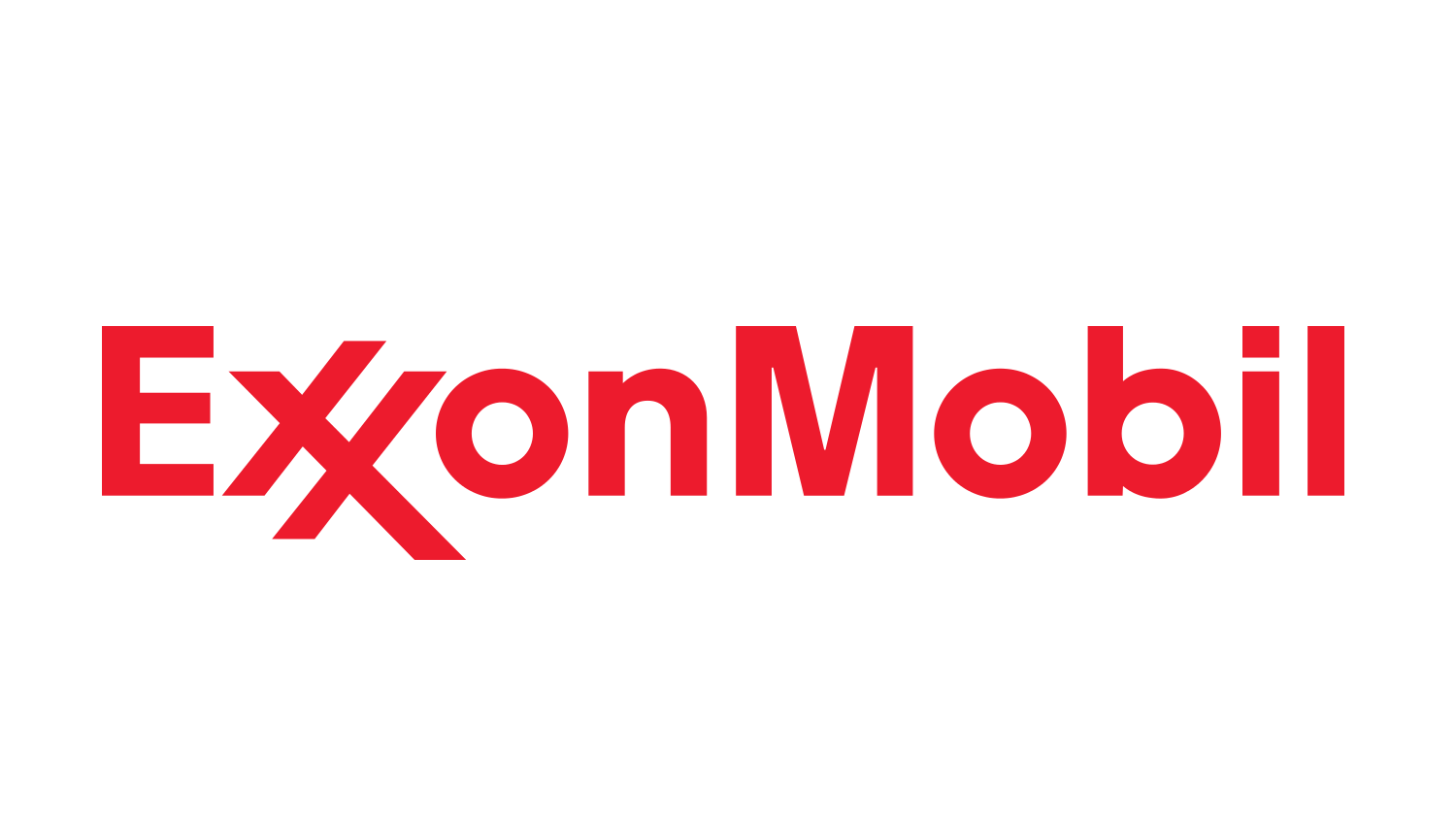FloWind JIP Identifies Asset Integrity Challenges
November 16th, 2021

The ‘FloWind’ JIP (Floating Wind) continues to bring vital insights into asset integrity challenges and solutions to the Floating Offshore Wind industry.
The members appointed work groups to investigate and report on strategies for optimising industry approach to regulatory frameworks and technical integrity challenges.
The JIP was established in July 2021 with members from all the major Classification societies, mooring system specialists, floating structure designers and operators, and integrity specialists.
The JIP Director – Danny Constantinis, Executive Chairman of the EM&I Group – commented:
“AIM (Asset Integrity Management) experience gained over many years in the offshore Oil & Gas production sector, can be usefully adapted to the Floating Offshore Wind industry.
The rapid growth in projects and swift industrialisation, means now is the time to act and plan for the future; building assurance, saving costs, enhancing safety, and planning for the long term.”
Insights from the FloWind workgroup include:
- Floating Offshore Wind struggles to find a home in most Regulatory models, and no one model fits all scenarios or countries. Conformity of approach is needed to merge applicable local, coastal state legislation with Class Rules, and potentially Flag administration, to assure stakeholders that asset integrity can be managed safely and effectively.
- Noting the variety of designs, analysis of each generic floating foundation type to identify criticality of components should be undertaken, leading to the identification of common criticalities across foundation types. Now is the time to explore the relationship between inspection standards during fabrication, and appropriate inspection or monitoring requirements offshore through the operating life of the asset.
Through the work groups, the FloWind JIP will continue to develop, encouraging wider collaboration, learning from the sector, and supporting asset integrity management as commercialisation progresses.









